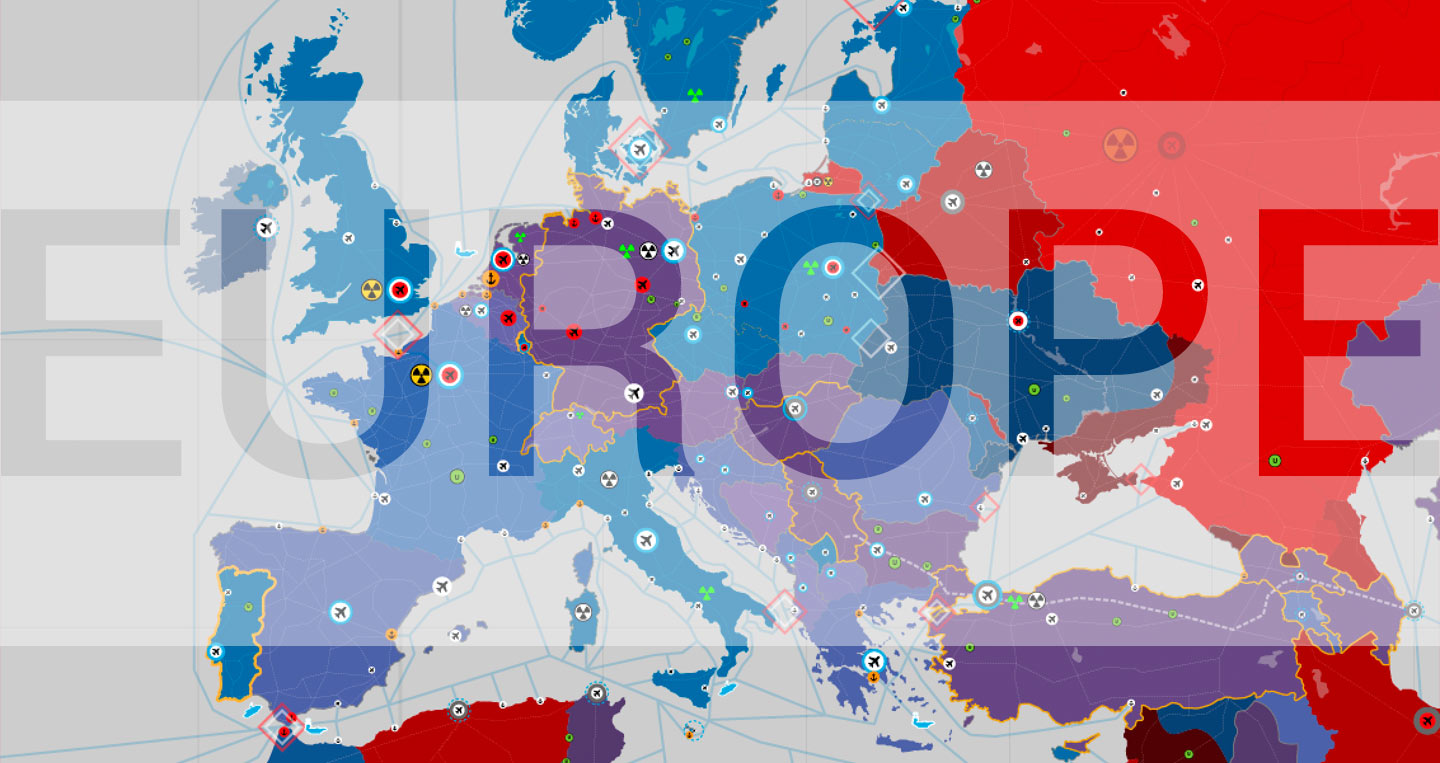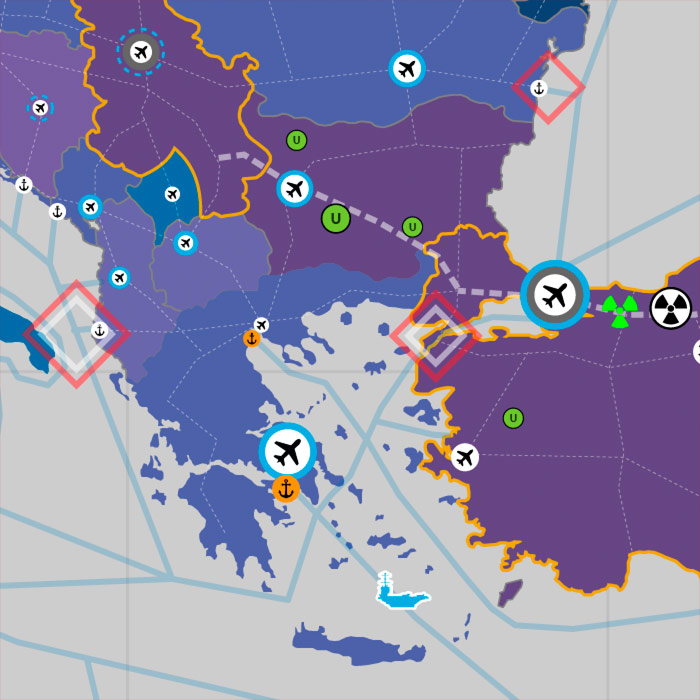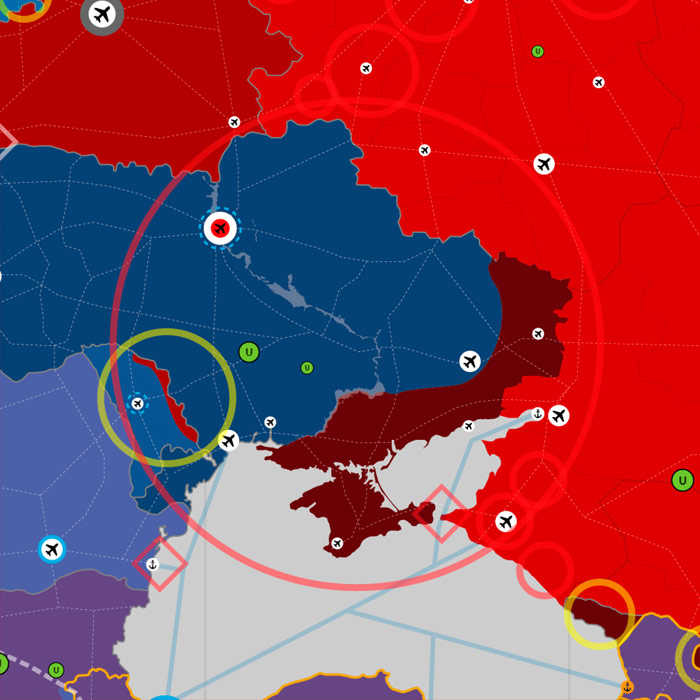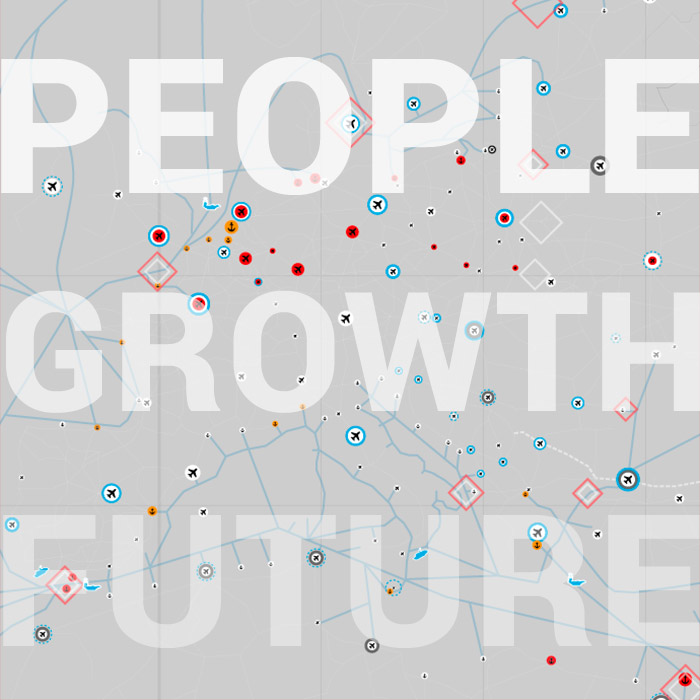

Geopolitics situation plays a crucial role, navigating a complex history and shaping interactions between nations, defining global power dynamics. The history of Europe is rich and complex, full of shifting borders, wars, and alliances. From ancient Rome, which united much of the continent under one banner, through the medieval centuries when various kingdoms and empires competed for dominance, to the age of geographical discoveries when European empires expanded their influence worldwide. At the heart of geopolitics lies an understanding of how geostrategic factors influence political decisions and international relations, and how history shapes contemporary interactions.

Every move – diplomatic, economic, or military – has the potential to alter the balance of power and influence, on this stage, nations compete for dominance, striving to protect their interests. For example, in the 19th century, Europe was a battleground for rivalry among great powers such as Great Britain, France, Germany, and Russia. Each of these countries made strategic decisions aimed at strengthening their position on the continent. It was during this time that alliances formed, significantly impacting future conflicts, including the outbreak of World War I.
Geopolitics is also reflected on the map of Europe. Every country, region, and border holds strategic significance. An example is Eastern Europe, where tensions between Russia and NATO countries continue to affect regional stability. Remember the Ukrainian crisis that began in 2014. The annexation of Crimea by Russia and conflicts in Donbas demonstrated how geopolitical ambitions can turn into real conflicts, influencing political and military arrangements across Europe.

In Europe's history, we have repeatedly seen territorial disputes, ideological clashes, and economic rivalries leading to shifts in the power balance. Consider the Cold War when Europe was divided into two blocs – East and West. The Iron Curtain symbolized this division, and tensions between the United States and the Soviet Union had a significant impact on the politics and daily lives of millions of Europeans.
Foreign affairs are a crucial element of European geopolitics. Countries navigate a complex web of diplomatic engagements and strategic alliances. An example is the European Union, which emerged as an effort to bring European countries closer together after World War II to avoid future conflicts. The Maastricht Treaty of 1992, which established the European Union, was a step towards deeper political and economic integration aimed at enhancing stability on the continent.
However, despite these efforts, the specter of conflict still looms over Europe. The aforementioned tensions in the eastern part of the continent or differences within the European Union itself, for instance, regarding migration policy, show how challenging it is to maintain unity. Nevertheless, dialogue, diplomacy, and international cooperation are tools that can help mitigate these tensions. Just look at the peace process in Northern Ireland, which ended decades of conflict.

Geopolitical analysis and scenario forecasting are essential to prepare for upcoming challenges. Geopolitical analysts and strategists use various tools to predict potential developments. An example is Brexit, which surprised many but also forced reflection on the future of European integration. The use of advanced technologies such as Geographic Information Systems (GIS) and satellite imagery enables the monitoring of changes on the ground and the creation of precise scenario models, allowing policymakers to make informed decisions.
Thus, the combination of geopolitical analysis and cartographic knowledge promises to deepen our understanding of European politics and improve our ability to navigate the complex geopolitical landscape. By adopting this holistic approach, we can strive for a future where foresight and prudence guide our actions, promoting stability, prosperity, and peace in Europe and beyond.
Advancements in technology, such as Geographic Information Systems (GIS) and satellite imagery, offer unprecedented capabilities for monitoring and analyzing changes on the ground. By harnessing these tools in conjunction with geopolitical expertise, researchers can construct nuanced models and scenarios that illuminate possible futures, enabling policymakers to make informed decisions in a rapidly changing geostrategic Europe.
We invite you to interact with our geopolitical map to explore these insights further and engage with the dynamic geopolitical landscape of Europe.